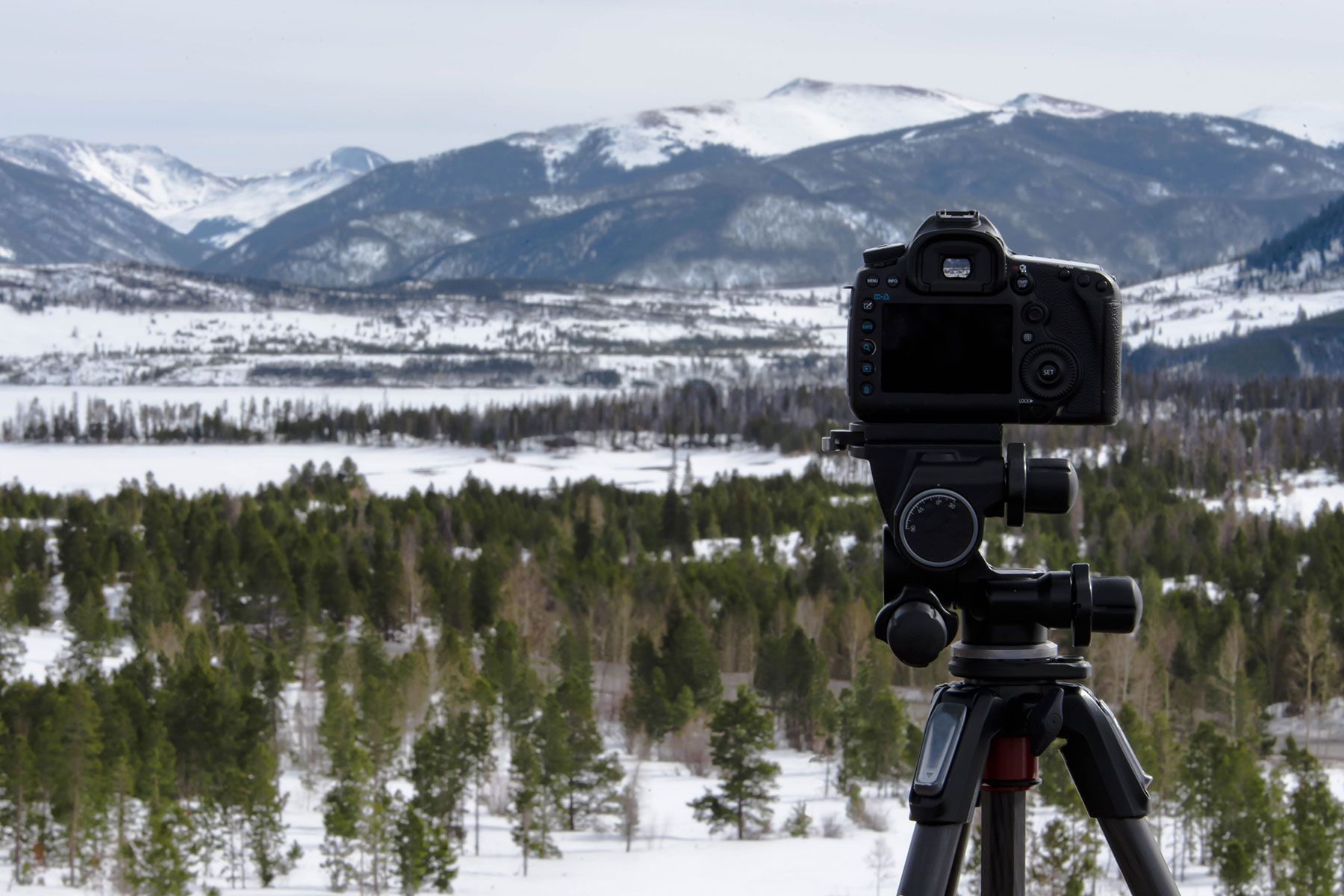As the year comes to a close, it’s time for photographers to reflect on their work, prepare for the upcoming year, and, importantly, safeguard their most valuable assets—their camera gear. Whether you’re a seasoned pro or just starting, your equipment is your lifeline, and it’s essential to make sure it’s well protected. This is where year-end camera equipment insurance comes into play, offering the best safeguard for your gear as you head into another busy year.
Here’s what you need to know about the best year-end gear protection and why now is the perfect time to secure your camera and equipment insurance.
Why Year-End is the Ideal Time to Insure Your Gear
The end of the year is the perfect opportunity to take stock of your equipment. Many photographers receive new gear as holiday gifts or invest in new tools to upgrade their kit for the upcoming season. With new equipment in your arsenal, it’s crucial to ensure that everything—from your latest camera body to your favorite lenses and accessories—is covered.
Additionally, year-end often brings a period of downtime, giving you the chance to review your current insurance policy (or get one if you haven’t yet) and update it to reflect your latest investments. This proactive approach ensures that you start the new year fully protected, avoiding the risk of unforeseen expenses that could arise from theft, damage, or accidents.
What Camera Equipment Insurance Covers
When selecting camera equipment insurance, it’s essential to understand what kind of protection you’re getting. The best policies offer comprehensive coverage, including:
- Accidental Damage: In the hustle of a busy shoot, accidents happen. Whether you drop a lens while changing locations or your camera slips from your grasp, equipment insurance covers the cost of repairs or replacements.
- Theft: Gear theft is an unfortunate reality for photographers, especially during travel or while on location. Insurance covers the cost of stolen equipment, allowing you to quickly replace it and continue working without a major financial setback.
- Damage from Natural Disasters: Hurricanes, floods, and other natural disasters can wreak havoc on your gear. Camera equipment insurance extends protection to cover damages caused by such unexpected events, ensuring that you’re not left footing the bill for accidental damage.
- Worldwide Coverage: If you’re a photographer who travels internationally, ensure your policy includes worldwide coverage (RVNA does). This way, you’re protected whether you’re shooting a destination wedding in the Maldives or a fashion shoot in Paris.
- Rented Gear: Many photographers rent equipment for special projects. The best insurance policies extend coverage to rented gear (RVNA does), protecting you from unexpected costs if rented equipment is damaged or stolen while in your possession.
- Replacement Cost Coverage: A top-tier insurance policy will cover the replacement cost of your gear (RVNA does), not just its depreciated value. This means if your camera model has been discontinued, the policy pays for the cost of a new, comparable model.
Tips for Selecting the Best Year-End Gear Insurance
To make sure your gear is fully protected as you head into the new year, consider these tips when selecting your equipment insurance:
- Review Your Current Policy: If you already have equipment insurance, review your policy to ensure it covers all the new gear you’ve acquired this year. Update your coverage limits if necessary to account for any high-value items you’ve added to your kit.
- Assess Your Coverage Needs: Determine what kind of photography work you’ll be doing in the upcoming year. If you’re planning to travel or take on more location-based shoots, opt for insurance that covers you nationwide and/or worldwide. If you’ll be renting gear more frequently, ensure your policy includes rented equipment protection.
- Choose the Right Coverage Limit: Make a comprehensive list of your equipment and estimate its total value. Select a coverage limit that reflects this amount to guarantee you’re fully protected in case of loss or damage.
- Look for No Per-Item Limit: The best policies don’t impose a per-item limit, allowing you to insure all your gear, including high-value items, under one policy.
- Consider the Claims Process: Choose an insurance provider known for its responsive claims process. Year-end is a great time to read reviews and research providers that offer streamlined, hassle-free claims services, so you’re not left waiting if you need to file a claim. RVNA offers 24/7 Claims reporting.
Starting the New Year with Peace of Mind
As you prepare to ring in the new year, don’t let the worry of potential gear mishaps hang over your head. With comprehensive camera equipment insurance, you can head into the busy season with confidence, knowing that your most valuable tools are fully protected.
Year-end is the perfect time to review and update your insurance, ensuring that every camera, lens, tripod, and accessory in your kit is covered. From accidental drops to unexpected thefts, having the right policy in place means you can focus on what truly matters—capturing stunning images and growing your photography business.
For tailored insurance guidance based on your photography specialization, explore our content designed specifically for your needs:
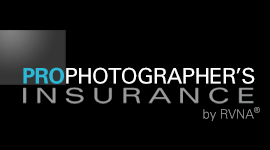
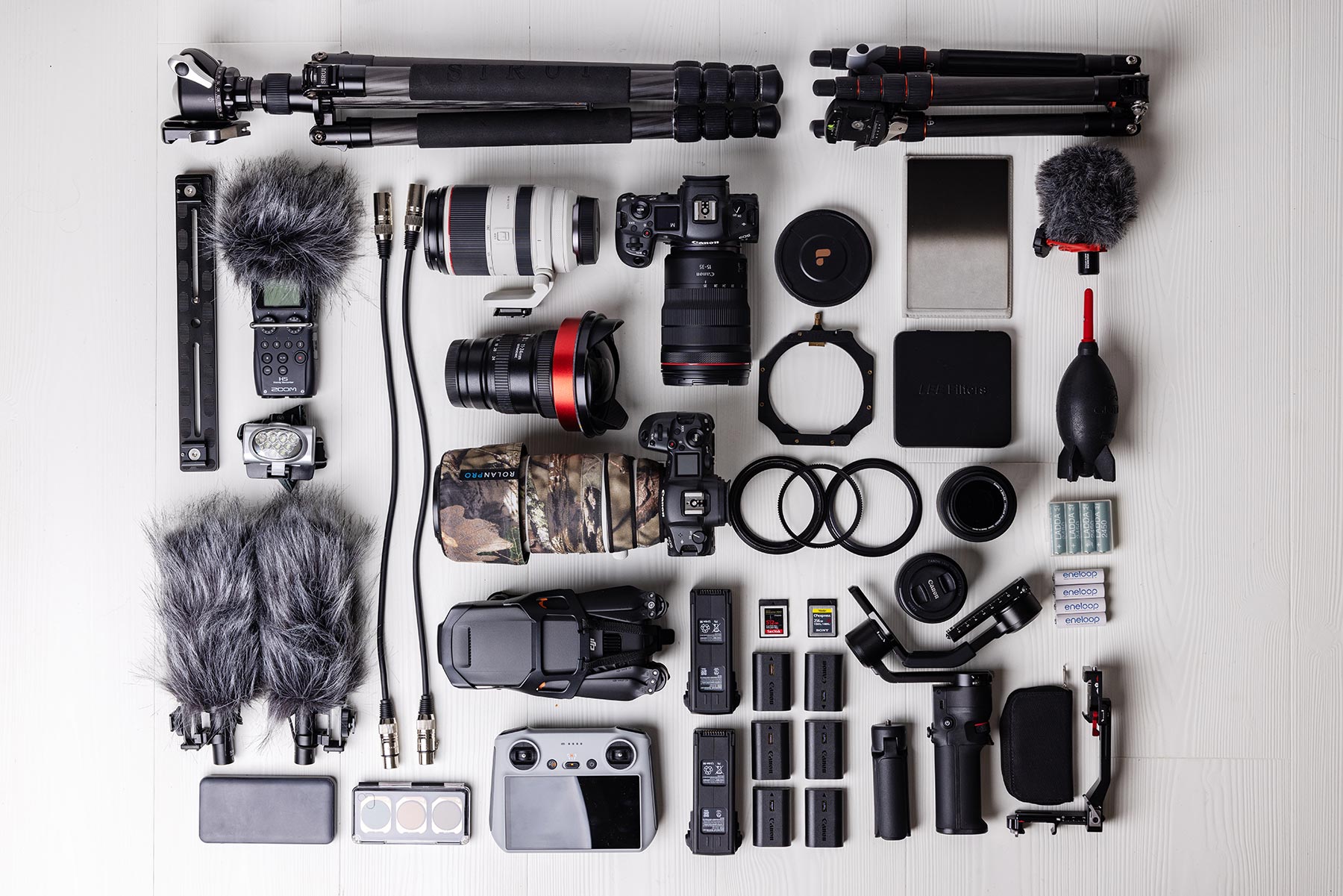
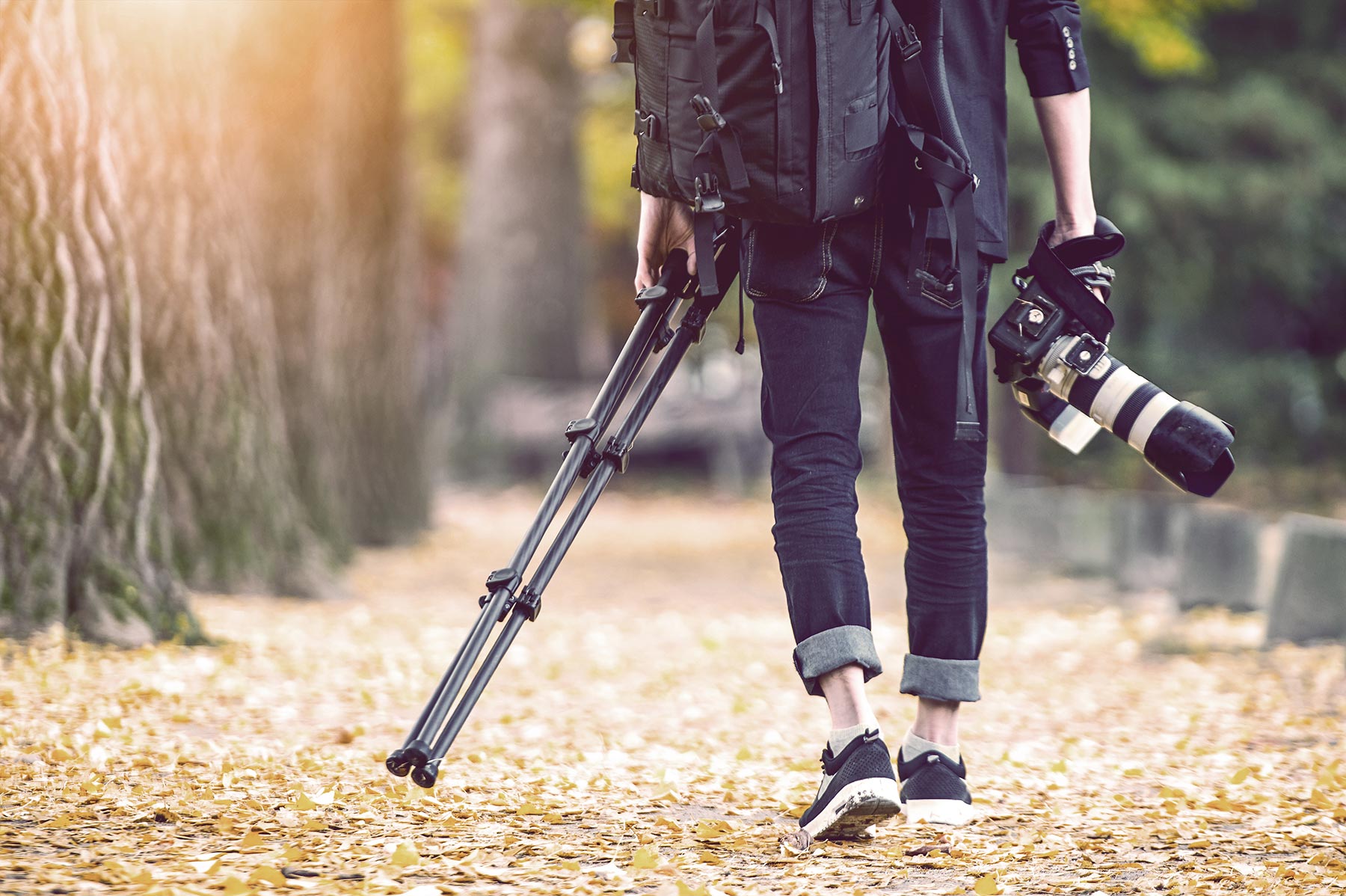
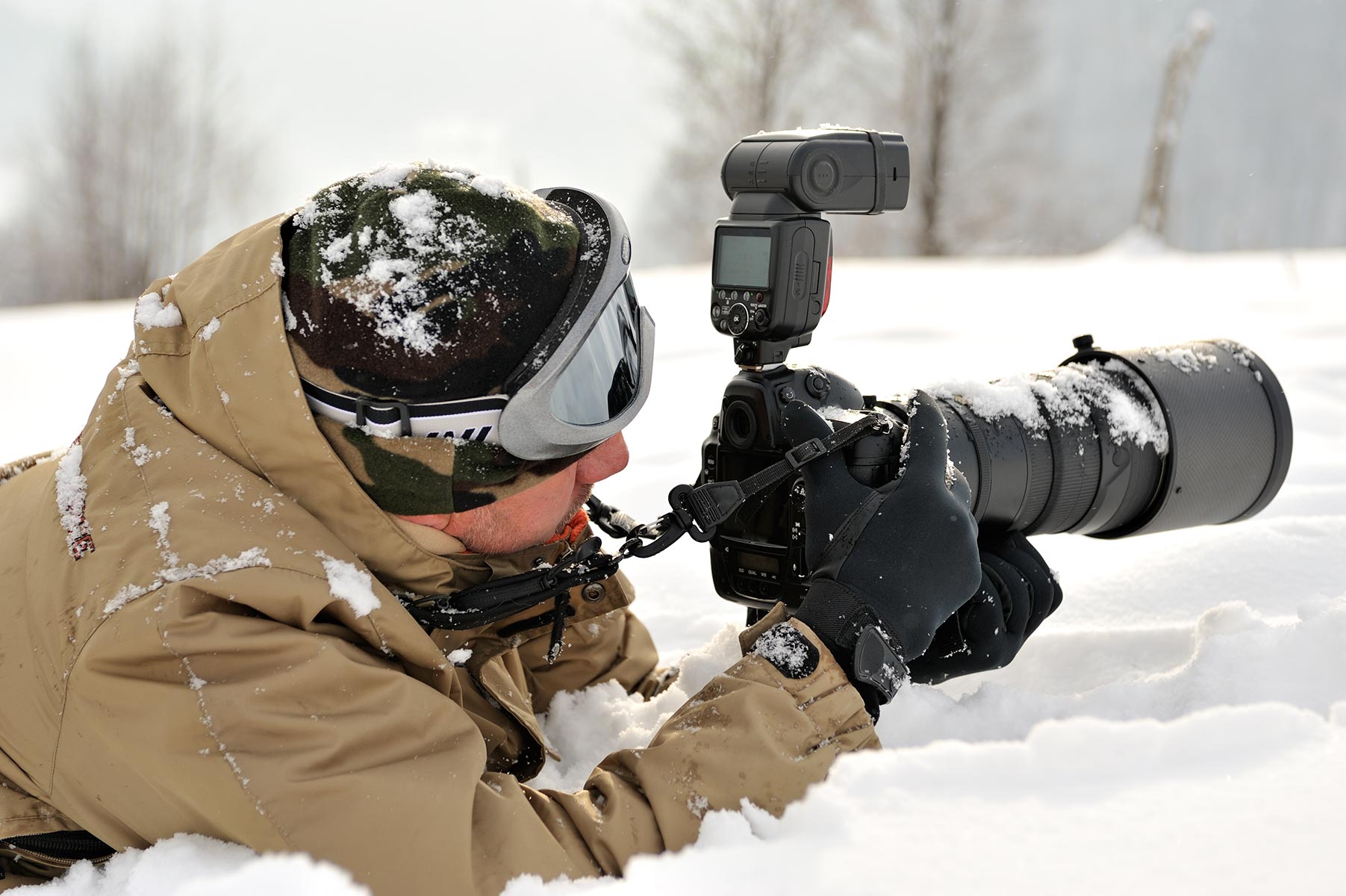

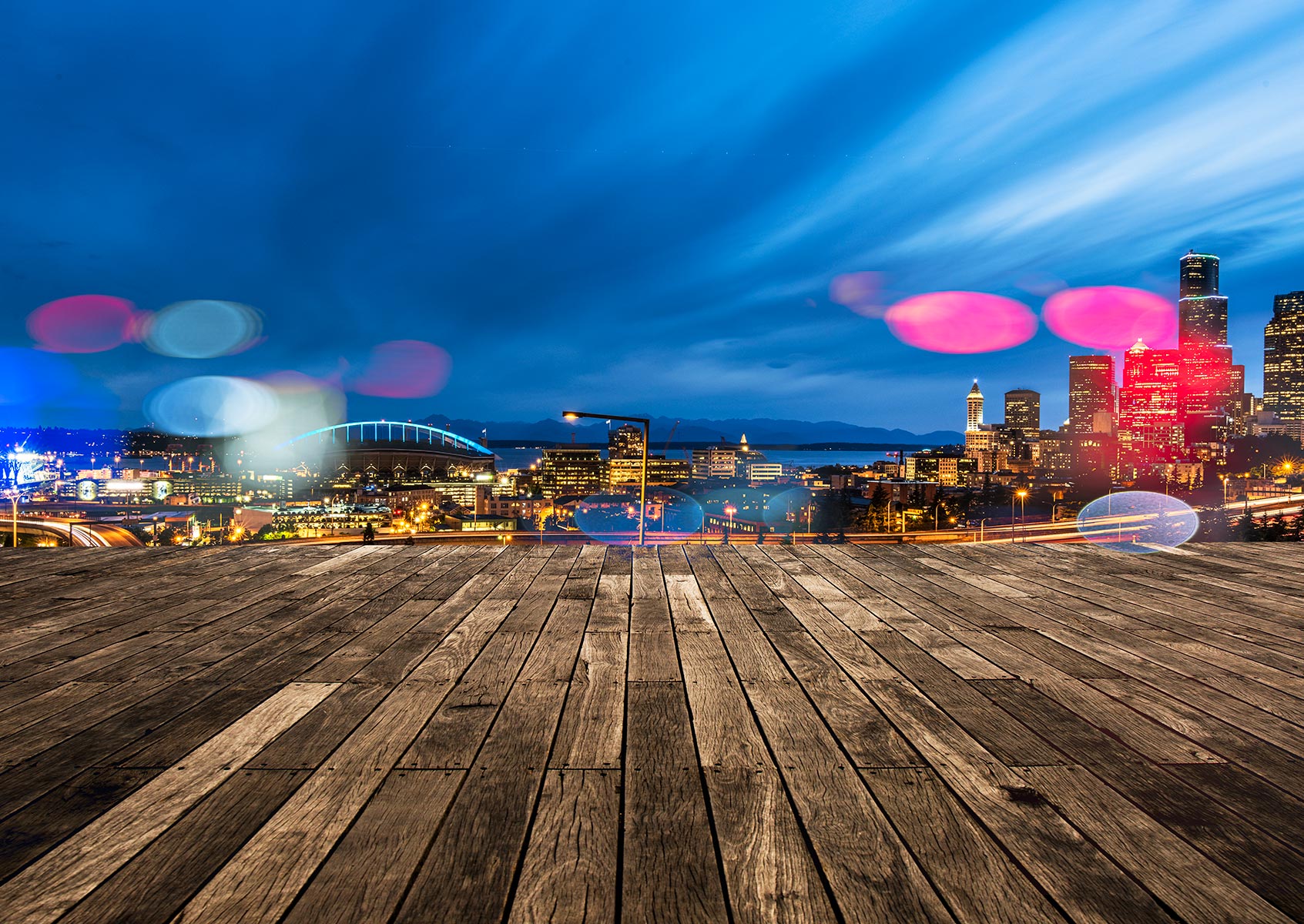
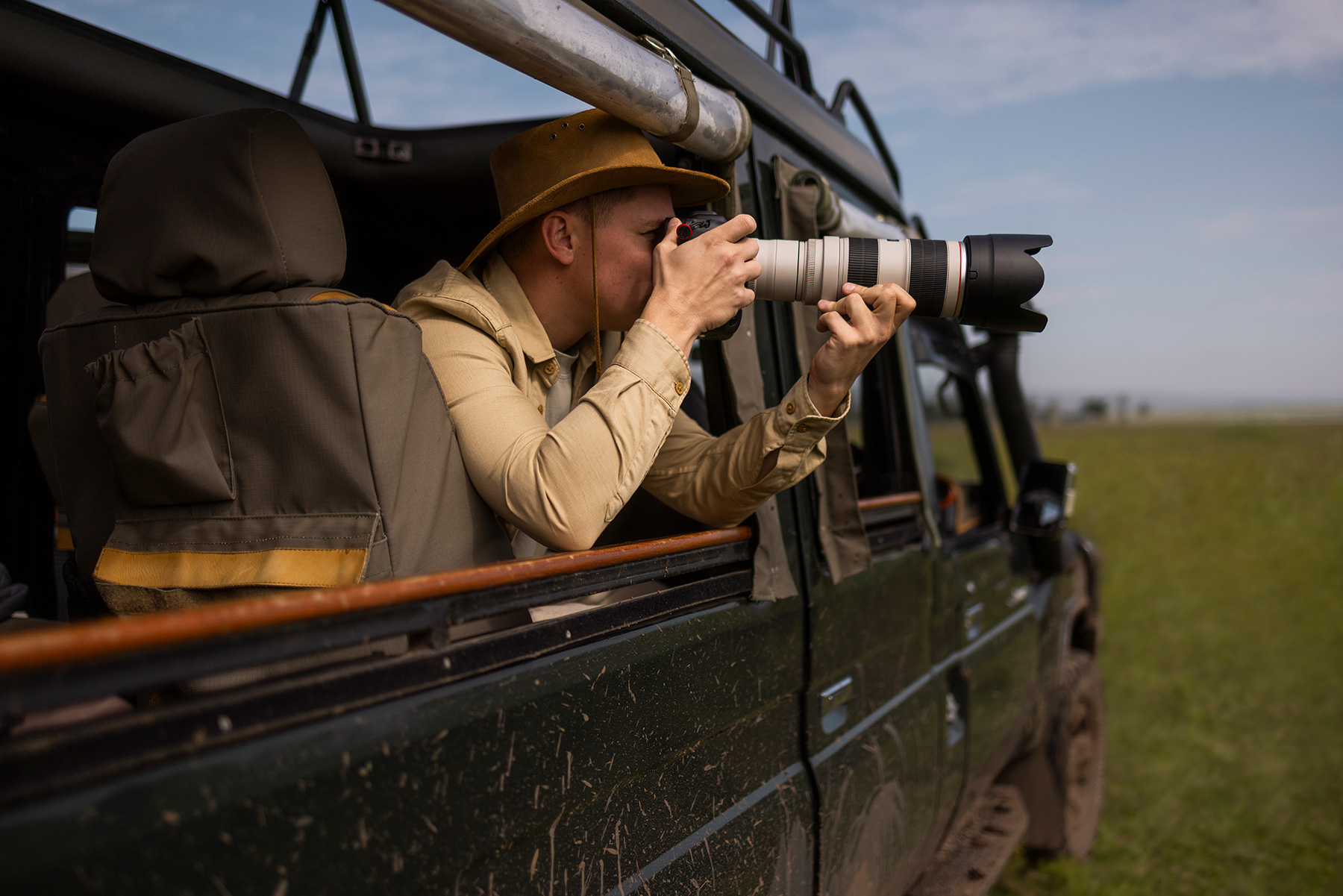
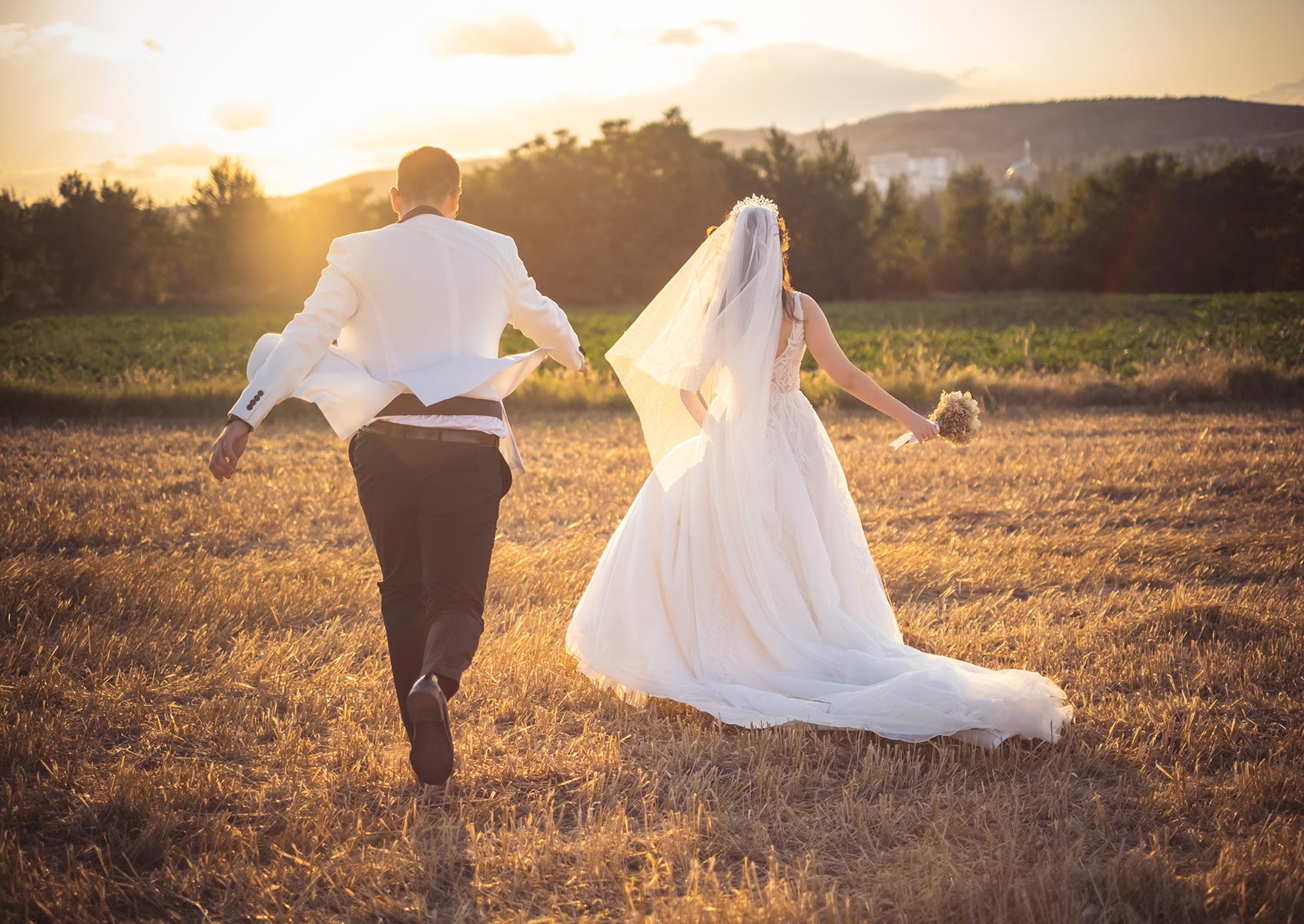
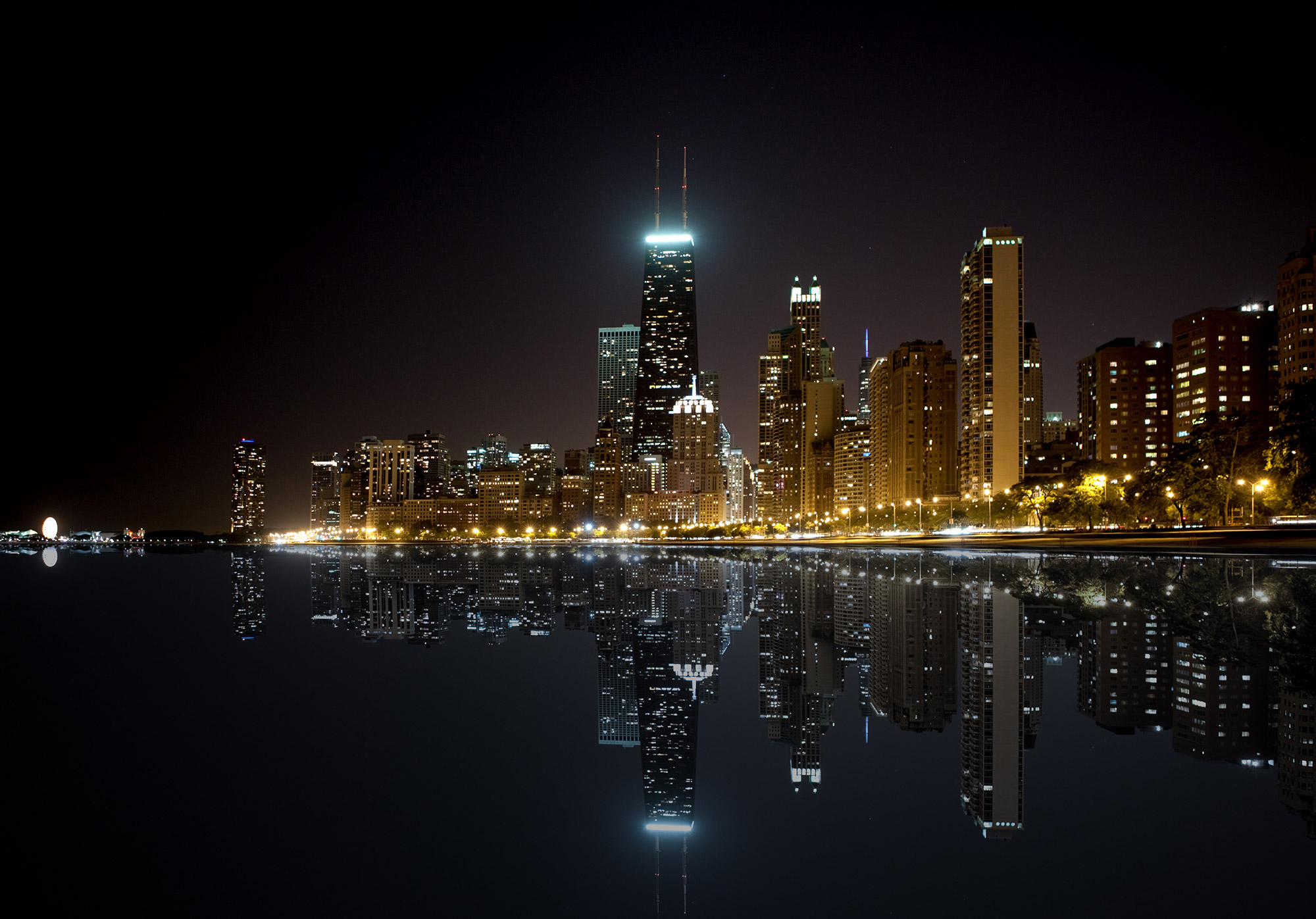
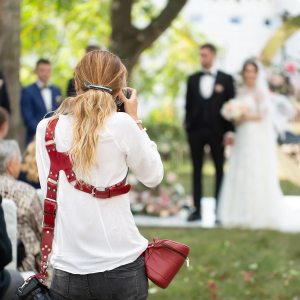 Chicago’s wedding scene is as diverse as its neighborhoods, with ceremonies taking place in venues ranging from historic buildings and grand hotels to picturesque parks and lakeside gardens. These beautiful settings, however, also present potential risks for photographers.
Chicago’s wedding scene is as diverse as its neighborhoods, with ceremonies taking place in venues ranging from historic buildings and grand hotels to picturesque parks and lakeside gardens. These beautiful settings, however, also present potential risks for photographers. Chicago’s dynamic event scene, from large-scale corporate conferences to citywide festivals, provides ample work for event photographers. These high-energy environments, however, introduce various risks that require specific insurance coverage.
Chicago’s dynamic event scene, from large-scale corporate conferences to citywide festivals, provides ample work for event photographers. These high-energy environments, however, introduce various risks that require specific insurance coverage.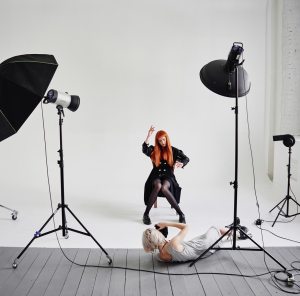 Chicago’s scenic parks, iconic landmarks, and diverse neighborhoods make it a popular city for
Chicago’s scenic parks, iconic landmarks, and diverse neighborhoods make it a popular city for 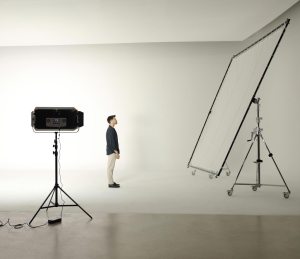 As a commercial hub, Chicago presents commercial photographers with a range of opportunities, from product photography and advertising shoots to architectural photography of the city’s iconic skyline. However, working in these dynamic settings introduces high-end equipment risks and unique environmental challenges.
As a commercial hub, Chicago presents commercial photographers with a range of opportunities, from product photography and advertising shoots to architectural photography of the city’s iconic skyline. However, working in these dynamic settings introduces high-end equipment risks and unique environmental challenges. Check Venue Requirements: Many venues, whether for weddings, events, or commercial spaces, require photographers to carry general liability insurance. Always verify these requirements before starting a project.
Check Venue Requirements: Many venues, whether for weddings, events, or commercial spaces, require photographers to carry general liability insurance. Always verify these requirements before starting a project.
